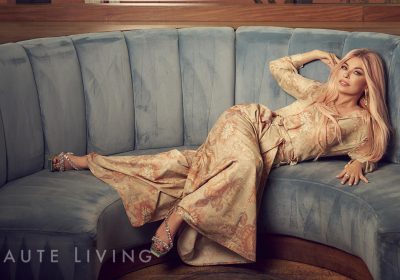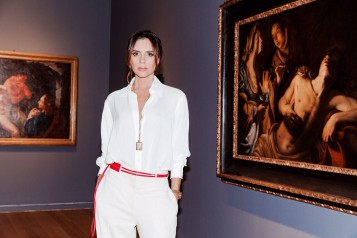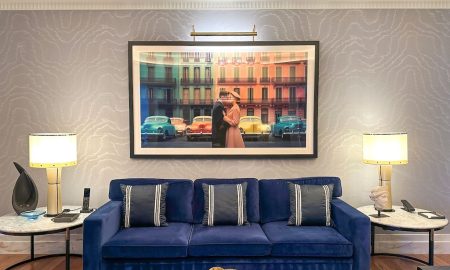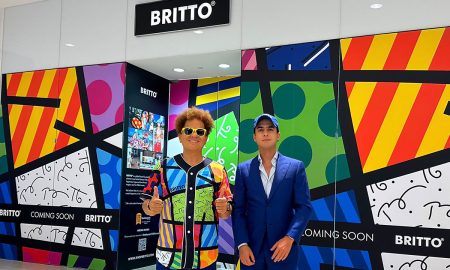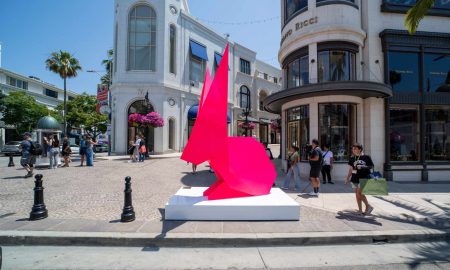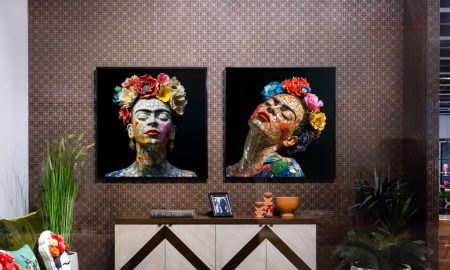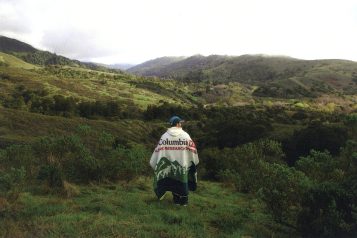
Photo Credit: Drew Altizer
San Francisco-based philanthropist, art collector, and innovator Pamela J. Joyner is on a mission. She hopes to change the face of modern art as we know it to include underrepresented artists of African descent. SFMOMA’s director Neal Benezra explains Joyner’s goal like this: “She has set her sights on nothing less than a reordering of the canon which defines contemporary art today. That’s a big statement, but I really and truly mean it. Through her relationships with artists, through her collecting, through her work with museums, she’s taking historically underrepresented artists and placing them at the very forefront of what we think about when we think now about contemporary art.”
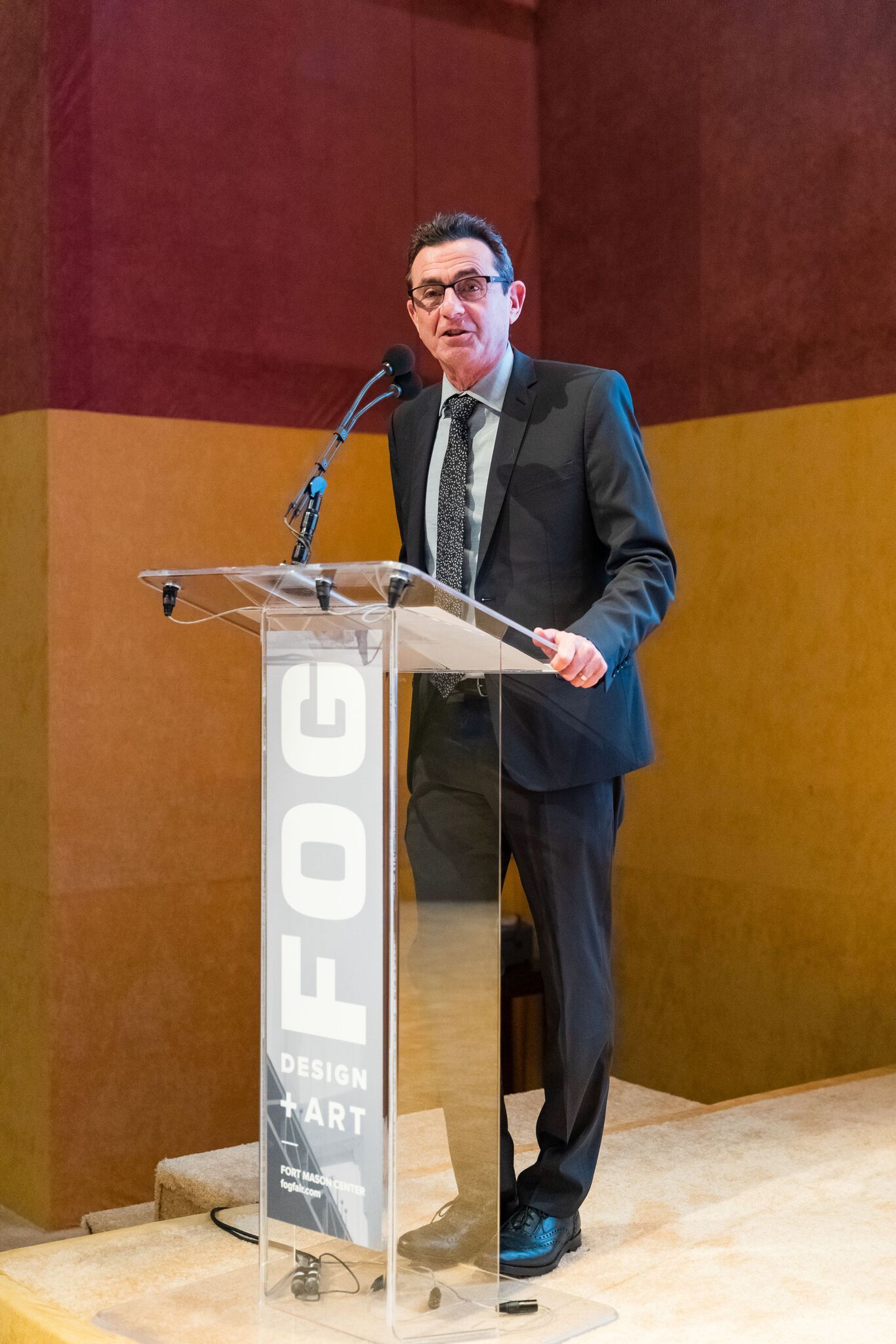
Photo Credit: Drew Altizer
Joyner, along with her husband and fellow collector, Alfred J. Giuffrida, has spent 20 years collecting abstract art made by African Americans. Their efforts are documented in a book, Four Generations: The Joyner/Giuffrida Collection of Abstract Art, that came out in 2016. The tome features essays, stories, and art by prominent curators, collectors, artists, and other significant art world luminaries. The book evolved into an extraordinary exhibition of major pieces by African-American artists from the 1940s to now. Solidary & Solitary: The Joyner/Giuffrida Collection is currently on view at the Smart Museum of Art at the University of Chicago. The traveling exhibit debuted at the Ogden Museum of Southern Art in New Orleans two years ago and will move to the Baltimore Museum of Art after its run in Chicago.
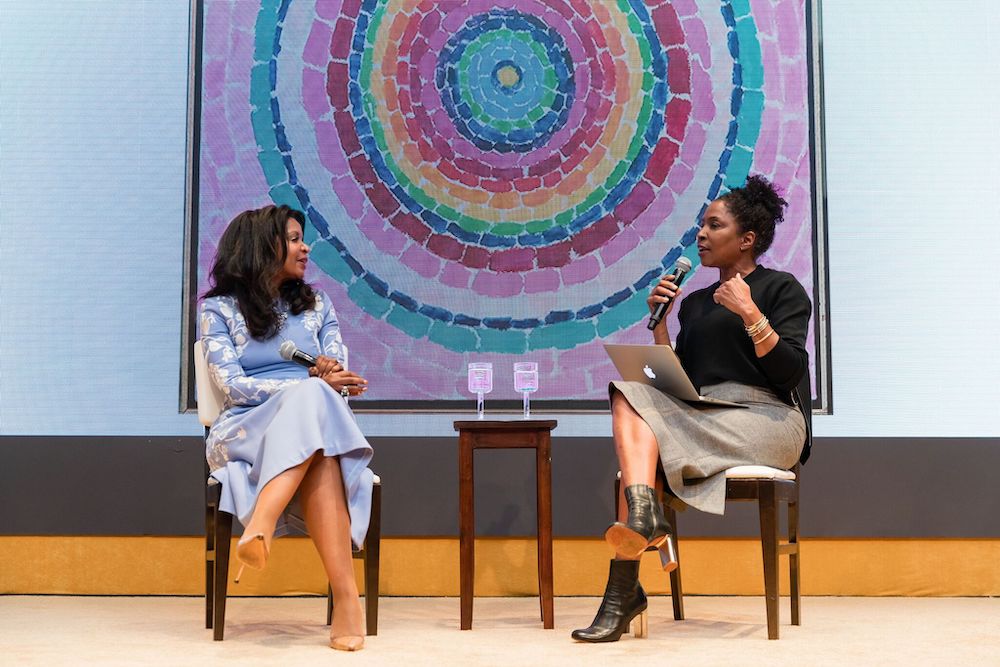
Photo Credit: Drew Altizer
Recently Joyner sat down with artist Lorna Simpson at the Fog Design+Art Fair. At the fair’s annual innovator luncheon, Joyner was honored for her tireless work to support, promote, and preserve African-American art and artists. Here are the key takeaways from their enthralling conversation.

Photo Credit: © Estate of Norman Lewis, Courtesy of Michael Rosenfeld Gallery LLC, New York, NY
On what’s next: “What we have hoped to do both for the book, the collection, the show, and in the residency, is to prompt further activity, further action. We’re going to expand the book; we’re adding new essays with the writers who are sitting here in this room. We are expanding the show from about 60 works of art to about 150 works of art later in the year. We’re pretty busy and pretty excited.”
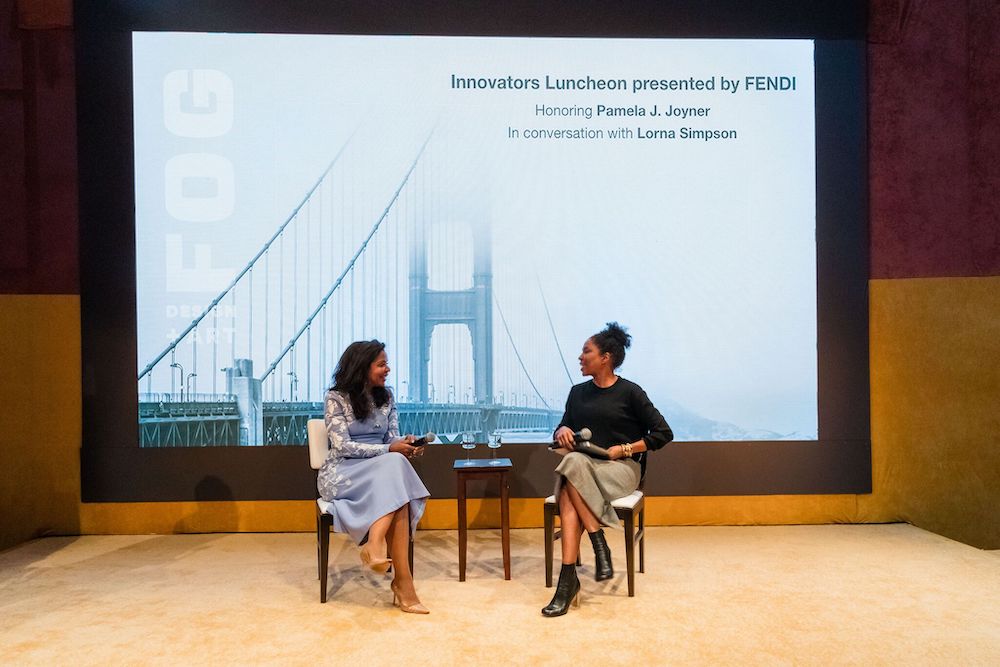
Photo Credit: Drew Altizer
On advice for young collectors: “Having a focus is helpful. In many respects, in the cultural, institutional context there are lots of jobs to be done, and so my advice would be to figure out where the vacuum is, where the void is, where the need is. So whatever the void is, find the need and fill the gap.”

On the possibility of opening a museum to house the Joyner/?Giuffrida collection: “We have ruled out the idea of starting our own institution. We would rather work in service to the existing institutions and continue to ask the question, have you considered, in a different set of context.”
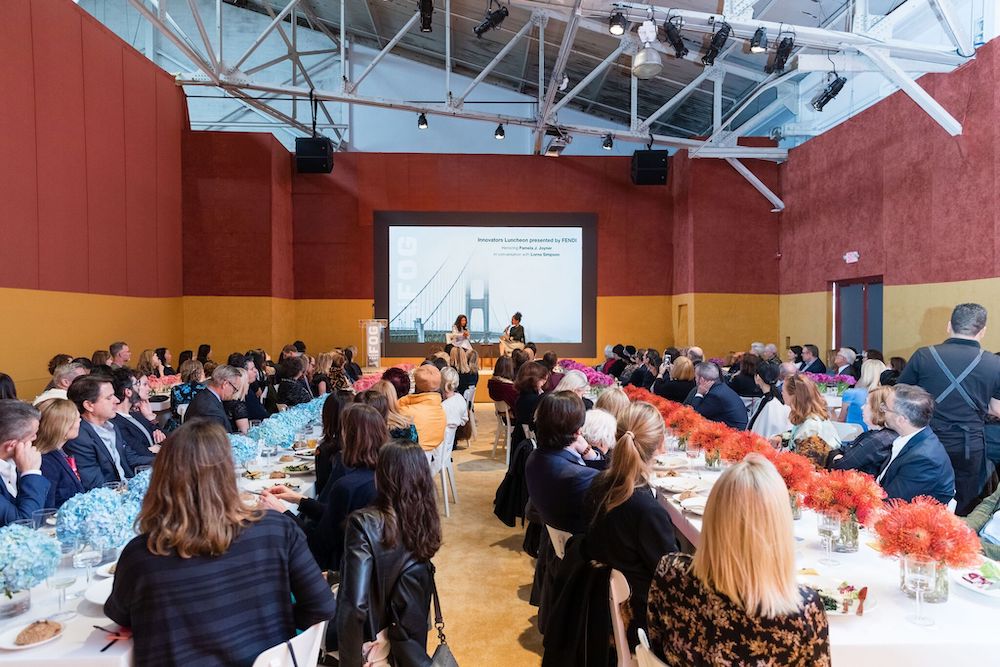
Photo Credit: Drew Altizer
On the importance of curators: “The longer I spend inside museum boardrooms, the more impressed I become with curators. Curators are the tastemakers. They’re the scholars. They’re the thought leaders. We’re fortunate in this city and in this country to work with a group of curators. Curators who think about these issues deeply, broadly, and regularly. They are the first to admit that they don’t have all the answers and so that’s the group of people who are most receptive, in my experience, to questions. And so that becomes a dynamic and interactive exchange that’s vital to the preservation of the true and broad narrative of our culture.
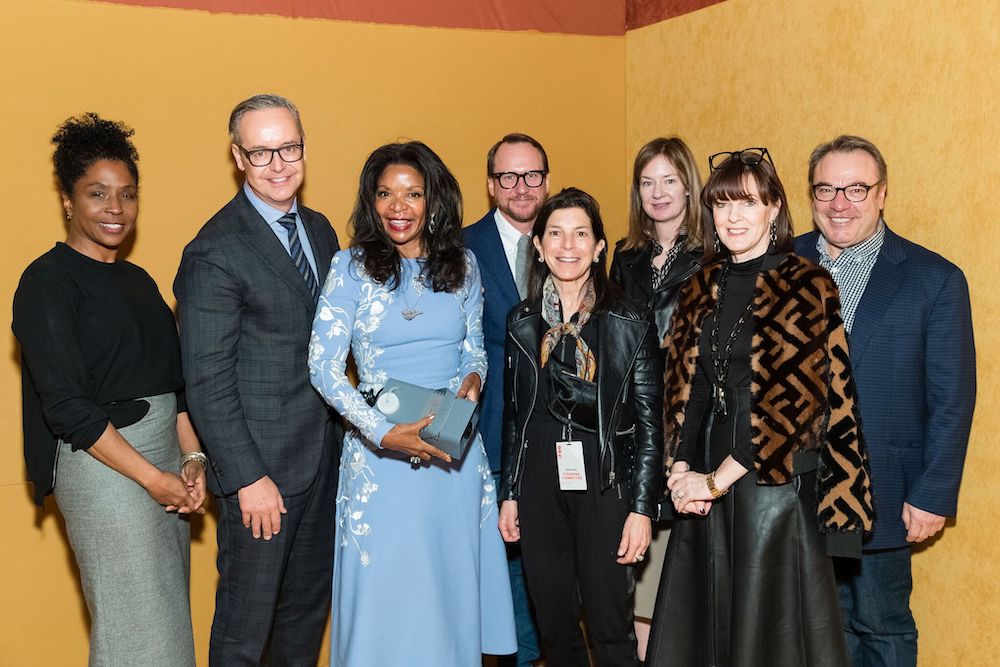
Photo Credit: Drew Altizer
On why she sits on certain boards, but not others: “Being mission-driven makes that process a little bit easier. I’m not there to nod and agree, I’m there to do a job. Before I go on any board I ask what the job description is? What does my value add? If I don’t have a uniquely additive role to play, then it’s not the right board room for me. It’s fine; it’s for someone else. Then when the institutions are open, it creates a meaningful dialogue.


